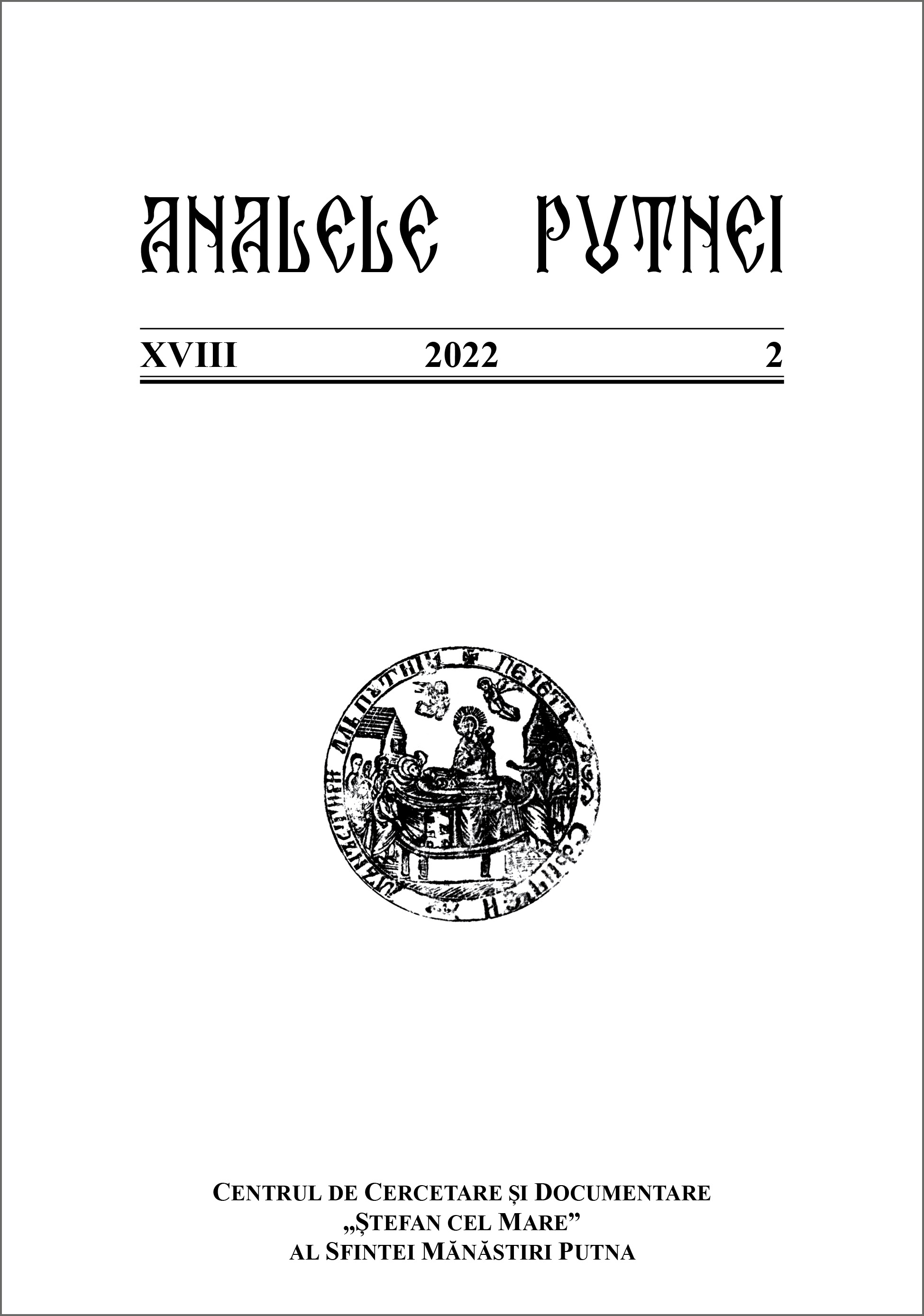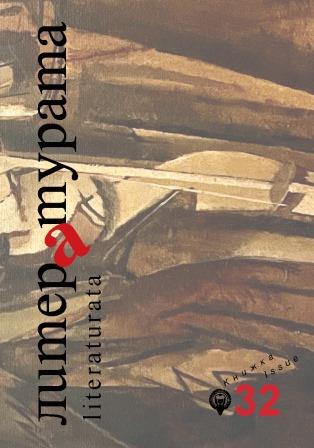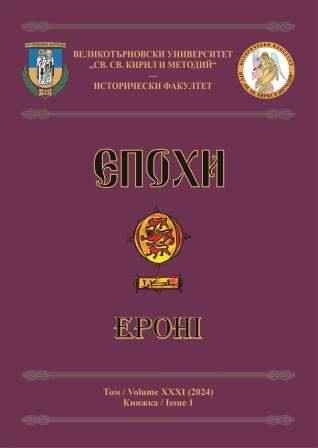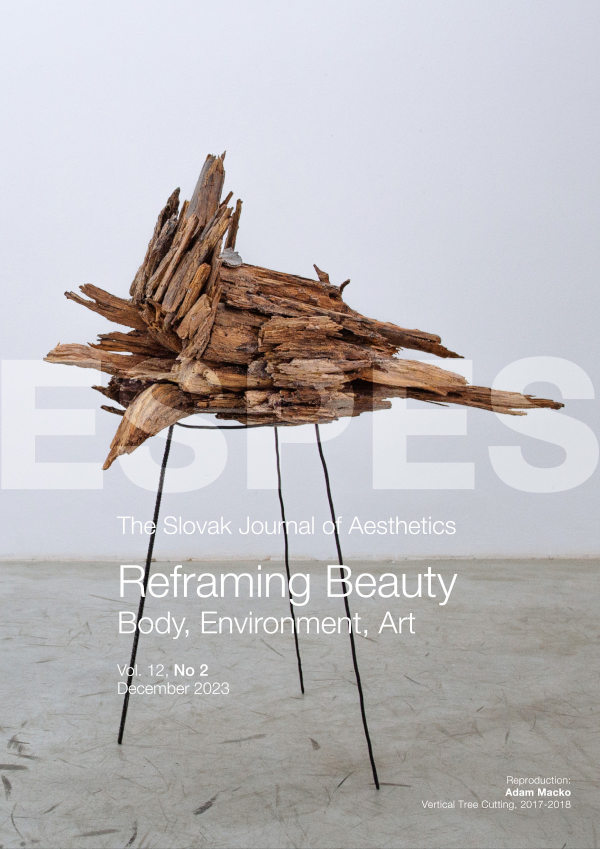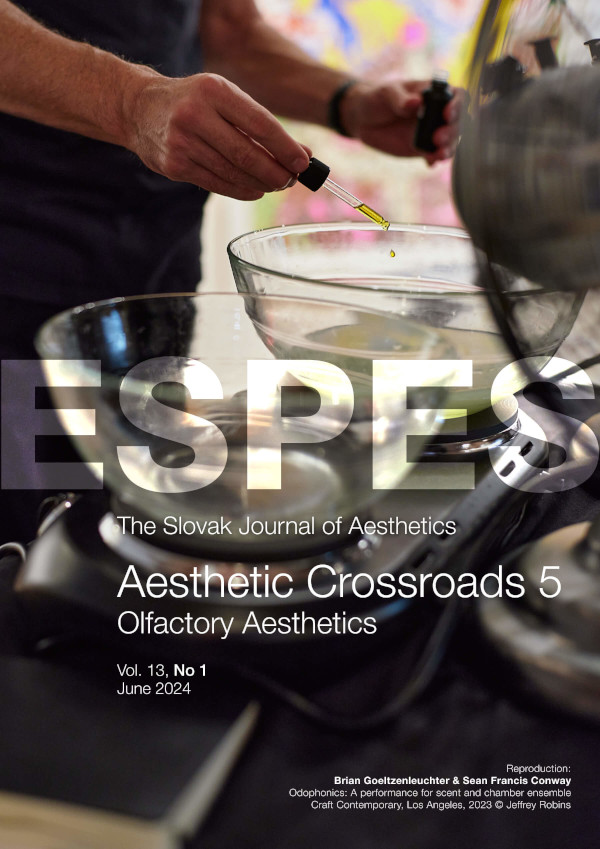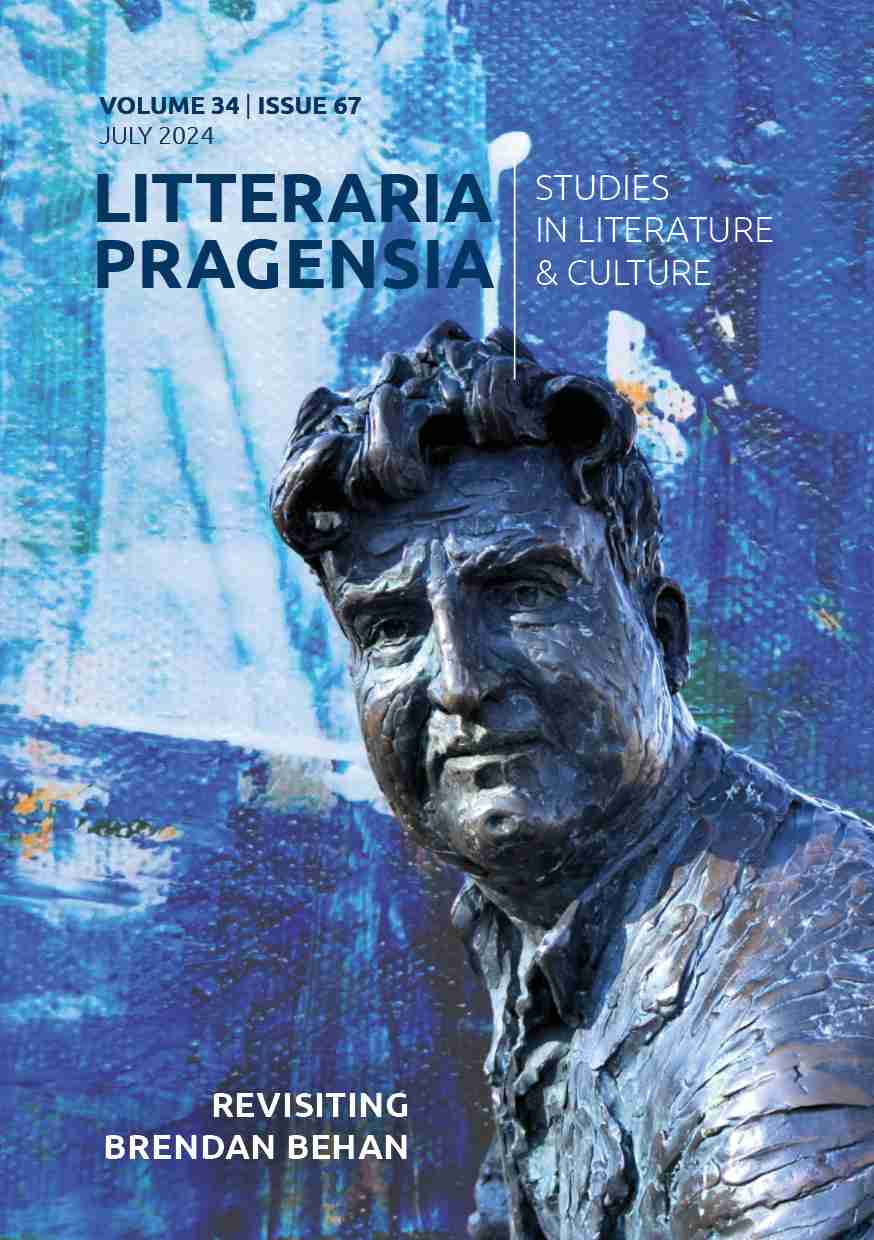
Rowdy and Rough: Brendan Behan Sings Songs from The Hostage
Although most well-known for his plays and prose, the Irish writer Brendan Behan also recorded a number of songs, some of his own composition and others either traditional or written by contemporaries. His best-known recording, Brendan Behan Sings Irish Folk Songs and Ballads, remarkably captures not only his voice, but also his wit and distinct joie de vivre. The collection from 1960 includes not only the songs themselves (with Behan still in fine singing form), but also his introductions and wry comments on a range of subjects. The article looks at the circumstances behind the recording, the actual songs included on the album, and Behan’s ongoing commentary about a range of topics. The focus is on the first half of the recording which consists of songs from his play The Hostage, with an additional short discussion of one of his most well-known pieces, “The Auld Triangle,” which serves as an ongoing leitmotif in his earlier play, The Quare Fellow.
More...
